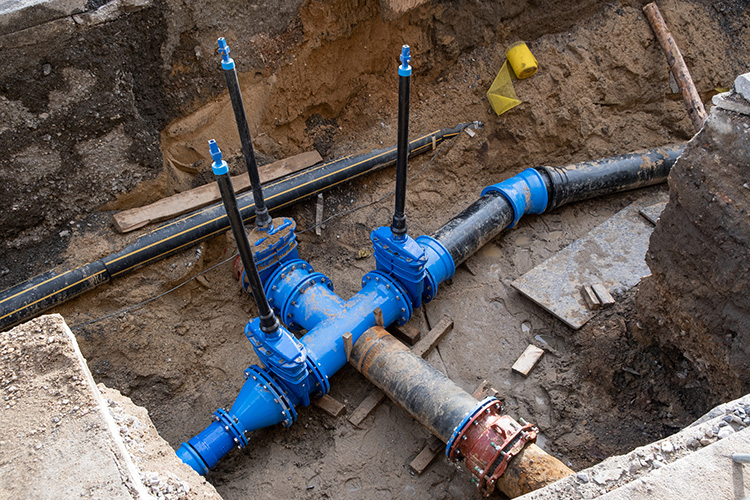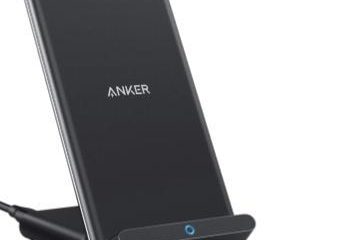Homeowners often face various maintenance challenges, but one of the most crucial systems in any home is the plumbing. The sewer line is particularly vital since it manages the flow of waste away from your property. Over time, this system can develop issues, and identifying when it’s time to replace a damaged sewer line is critical to preventing further complications.
The Importance Of The Sewer Line
The sewer line is what takes all of your home’s waste water to the septic tank or public sewer system. A well-maintained sewer line keeps the water flowing smoothly, but if it’s damaged, you may experience severe issues, such as clogged drains, water backups, or even property damage due to leaks or flooding. Therefore, being aware of when to replace damaged sewer line is essential for preserving both your home and your peace of mind.
Key Signs That Indicate a Damaged Sewer Line
Knowing the warning signs of sewer line damage can help you catch problems before they escalate. Here are the most common signs that it might be time to replace your sewer line:
- Frequent Clogs and Slow Drains
If you notice that your drains are consistently clogging or water is slow to flow down, this could indicate a sewer line problem. While occasional clogs may result from minor blockages in the pipes, frequent or recurring clogs suggest a more severe issue deep within your sewer line. This could be due to debris buildup, tree roots infiltrating the pipe, or a collapse in the line itself. If you experience this issue often, it’s a clear sign that you may need to replace your damaged sewer line.
- Sewer Backups in Your Home
Having sewage back up into your home is one of the scariest signs that your sewer line is broken. This usually occurs in the lowest level of your home, such as a basement or ground-floor bathroom, and is a direct result of a blockage or break in the sewer line. Sewer backups pose serious health risks and should be addressed immediately by expert plumbers near you. In most cases, a sewer line replacement is the most effective solution.
- Unpleasant Odors
Another telltale sign of sewer line damage is a persistent foul smell in or around your home. Sewer lines are designed to prevent odors from escaping, but when there is a crack or break in the line, those smells can seep into your living spaces or yard. If you notice the distinct odor of sewage, it’s a clear indication that your sewer line needs attention. In severe cases, replacing the damaged sewer line is the only option.
- Unusually Lush Patches of Grass
While a healthy lawn is typically a good thing, unusually lush or green patches of grass could signal a sewer line issue. When a sewer line breaks or leaks, the wastewater that seeps into the ground acts as a fertilizer, causing certain areas of your yard to grow more quickly than others. If you notice uneven patches of greenery, it could mean that your sewer line is damaged and leaking beneath the surface, requiring replacement.
- Foundation Cracks and Sinkholes
Severe sewer line damage can cause structural issues around your property. The soil around your home’s base can be worn away by sewer water that leaks from a broken line. Over time, this erosion can lead to foundation cracks or even sinkholes in your yard. These are major warning signs of sewer line damage that should not be ignored. If you notice any changes in your foundation or yard, it’s important to consult a professional to assess whether the sewer line is at fault.
Solutions for Replacing a Damaged Sewer Line
If you’re experiencing any of the warning signs above, it may be time to consider replacing your sewer line. Fortunately, there are several modern solutions available that make the process less invasive and more efficient.
- Traditional Sewer Line Replacement
Replacing a sewer line the old way means pulling up the broken pipe and putting in new pipes in its place. This method is effective but can be disruptive, as it requires significant excavation. Your yard, driveway, and landscaping may need to be dug up to access the sewer line. However, this approach is often the best solution for severely damaged or collapsed lines.
- Trenchless Sewer Line Replacement
For homeowners seeking a less invasive option, trenchless sewer line replacement is an innovative solution. This method involves creating small access points at either end of the damaged pipe, allowing the plumber to insert a new pipe without digging up your entire yard. There are two common types of trenchless methods:
- Pipe Bursting:A machine is used in this method to break up the old pipe and pull the new pipe into place at the same time. It’s perfect for replacing pipes that are badly broken without having to dig up a lot of ground.
- Pipe Lining (Cured-in-Place Pipe):For this method, a bendable tube covered in resin is put into the broken pipe. This makes a new pipe inside the old one. The tube is then filled and hardened in place. Pipe lining is often used to fix small holes or cracks in pipes.
Both of these trenchless methods are faster and less disruptive than traditional sewer line replacement, making them an attractive option for many homeowners.
Final Thoughts
Your sewer line is an essential part of your home’s plumbing system, and recognizing the signs of damage can help you prevent costly repairs down the road. If you notice frequent clogs, backups, foul odors, or structural damage, it’s time to consider whether you need to replace your damaged sewer line. By working with an experienced plumber and exploring the right solutions, you can restore your home’s plumbing and avoid further complications.



